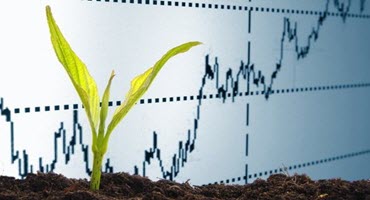Rabobank forecasts US$4/bushel corn in 2018-19
By Diego Flammini
Staff Writer
Farms.com
American farmers could sell the 2018-19 corn crop for US$4/bushel, according to a multinational ag banking organization.
Lower U.S. corn acres is one of the leading factors that could raise corn prices, said Sterling Liddell, a senior grains and oilseeds analyst with Rabobank. His projections can be found in the firm’s latest report, “Don’t Fall Asleep Behind The Risk Management Wheel.”
“A key to creating higher prices is the continual contraction of (corn) acres that USDA illustrated in its recent perspective planting report that would put us at 88 million acres,” Liddell told Farms.com today.

Ending stocks may also contribute to a bullish market.
Rabobank estimates 2018-19 U.S. corn ending stocks to be about 1.5 billion bushels, compared to the USDA’s 2.1 billion bushels.
And three ending stocks-to-usage (STU) figures could indicate if corn prices are on the rise, Lidell said.
To come up with STU numbers, divide the ending available stocks by the usage of the grain (which includes both domestic consumption and exports). That number provides a percentage of the ending stocks to usage.
If that number falls to a certain level, producers could see crop prices rise, Liddell said.
“The market feels more comfortable when that number is about 12 percent,” he said. “It gets much more concerned when it starts to drop below 10 or 9 percent.”
If the STU number is at 12 percent, farmers could see US$4 per bushel, according to Rabobank’s report. It also projects the STU could be 11 percent in 2018-2019.
A 10 percent STU figure could put corn prices between US$4.40 and $4.69, and a 9 percent STU could raise corn prices to about $4.70 per bushel.
Producers should make marketing decisions if it’s favorable for them, Liddell said.
“Farmers should always start with their breakeven point and where they are with crop insurance,” he said. “Then, look at where prices are going and start taking action when they’re in a really good spot.
“Are prices currently able to breakeven or a little better? If so, there should be marketing activity around that.”